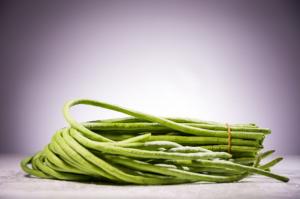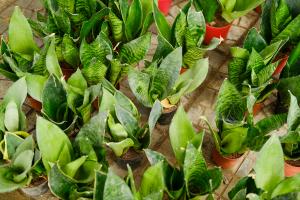Introduction
As a plant owner, one of the most important things you can do to support your plant's health is to provide it with the right type of soil. Potting soil is a common choice for indoor plants, as it is nutrient-rich and easy to work with. While it is important to apply potting soil to your plant, it is equally important to know when and how often to do so.
Why Use Potting Soil?
Potting soil is a specially formulated blend of organic matter that is designed to provide plants with nutrients and good drainage. This type of soil typically contains compost, peat moss, perlite or vermiculite, and other ingredients that help to retain moisture and air within the soil. Potting soil is ideal for indoor plants, as it is sterile and free of insects and pathogens.
How Often to Apply Potting Soil
The frequency with which you should apply potting soil to your plant depends on a few factors. First, you should consider the age of your plant. Younger plants will require more frequent soil applications than older, more established plants. Additionally, you should consider the size of your plant's container. Plants that are grown in smaller containers will dry out more quickly and may require more frequent soil applications.
As a general rule, you should plan to apply potting soil to your indoor plants every 6-12 months. This will help to replenish the nutrients that the plant has used up and ensure that the soil remains fresh and healthy.
Signs Your Plant Needs New Soil
In addition to the recommended timeframe, there are a few signs that your plant may be due for new potting soil. If you notice that the soil in your plant's container is dry, compacted, or has a sour smell, it is time to replace it. You may also see roots growing out of the drainage holes in the container, which is a sign that the plant has outgrown its current pot.
How to Apply Potting Soil
When it is time to apply new potting soil to your plant, begin by gently removing the plant from its container. Gently separate any tangled roots and shake off any excess soil. Add a layer of new potting soil to the bottom of the container, and then place the plant back in the container. Add more soil around the sides of the plant, being careful not to pack it down too tightly. Water the plant thoroughly after repotting to help settle the soil.
Conclusion
Knowing when and how often to apply potting soil to your indoor plants is crucial for their health and growth. By following the recommended timeframe and paying attention to signs that your plant needs new soil, you can ensure that your plant is getting the nutrients it needs to thrive. Remember to handle your plants with care when repotting, and always choose high-quality potting soil for the best results.

 how many times do yo...
how many times do yo... how many planted tre...
how many planted tre... how many pine trees ...
how many pine trees ... how many pecan trees...
how many pecan trees... how many plants comp...
how many plants comp... how many plants can ...
how many plants can ... how many plants and ...
how many plants and ... how many pepper plan...
how many pepper plan...































